Heading into 2024, SEO is evolving fast, and businesses must stay ahead. On-page SEO audits are crucial for unlocking your site’s potential and boosting rankings.
In this post, we’ll cover:
- Key on-page SEO audit elements for 2024
- Essential tools for successful audits
- Spotting and fixing issues hurting your rankings
Let’s dive into the 2024 On-Page SEO Audit Checklist to dominate the shifting digital landscape.
- What Is an On-Page SEO Audit?
- Tools Needed
- 1. Title Tags
- 2. Meta Descriptions
- 3. Header Tags (H1, H2, H3, etc.)
- 4. Keyword Usage and Density
- 5. Internal Linking
- 6. Image Optimization
- 7. Schema Markup and Structured Data
- 8. Duplicate Content
- 9. Keyword Cannibalization
- 10. Voice Search Readiness
- 11. Call-to-Action Placement and Effectiveness
- Now Over to You
- Frequently Asked Questions (FAQ)
Link building cheat sheet
What Is an On-Page SEO Audit?
An on page SEO audit is like a website health check, examining elements for search engine optimization and user experience.
Think of it as spring cleaning, revealing areas to improve and growth opportunities.
Regular on-page SEO audits are vital because:
– They keep your site aligned with evolving algorithms and user preferences.
– They spotlight issues affecting your website’s performance, boosting rankings.
– They help you measure SEO effectiveness, informing data-driven decisions.
– They offer insights into competitors’ strategies, helping you stay ahead.
– They enhance user experience, increasing engagement, conversions, and retention.
In today’s competitive digital landscape, on-page SEO audits are a must-have, so don’t hesitate to walk through our SEO checklist.
Tools Needed
Before we delve into the actual checklist, let’s talk about the SEO audit tools you’re going to need to successfully conduct it.
Google Analytics

Google Analytics is a comprehensive web analytics and SEO checker tool that helps website owners track and analyze their site’s traffic, user behavior, and performance.
With Google Analytics, you can understand your audience, monitor traffic sources, evaluate keyword performance, and identify top-performing content.
This invaluable information enables you to make informed decisions, refine your SEO strategy, and improve your website’s overall performance.
Google Search Console
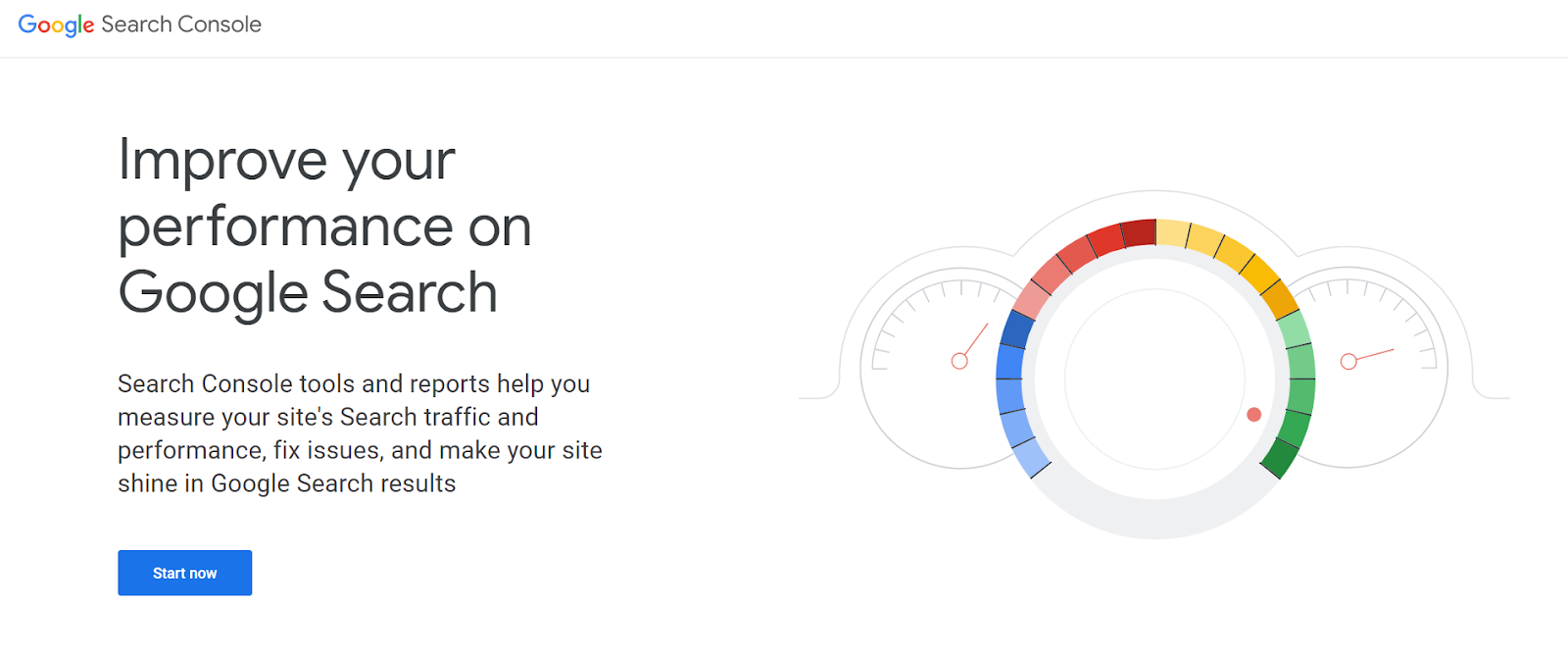
Google Search Console is a free tool provided by Google that helps website owners monitor, maintain, and troubleshoot their site’s presence in Google search results.
It is an essential tool for SEO services as it offers insights into your website’s indexing status, crawl errors, and keyword performance directly from Google’s perspective.
By using Google Search Console, you can identify and fix technical issues like Core Web Vitals, submit sitemaps, and track your site’s visibility in search results.
Google Structured Data Testing Tool
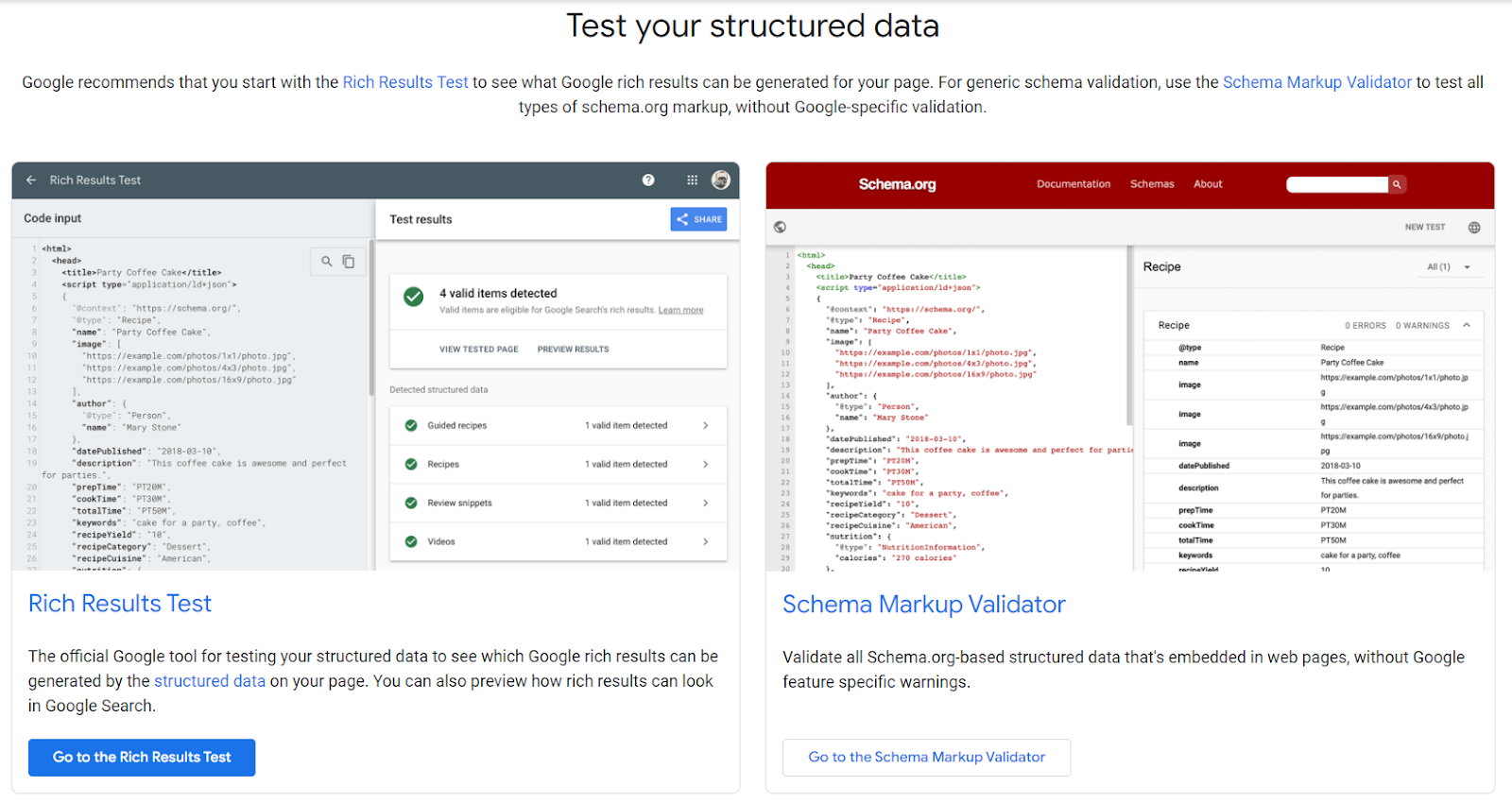
Google Structured Data Testing Tool is a free online tool provided by Google that validates and troubleshoots structured data markup implemented on websites.
Structured data, using formats like Schema.org, helps search engines better understand the content on your site and enhances its appearance in search results with rich snippets.
The importance of the Google Structured Data Testing Tool in SEO audits lies in its ability to identify errors or issues in your structured data implementation, ensuring it complies with Google’s guidelines.
Semrush

SEMrush is a comprehensive content marketing and SEO score audit tool that offers a wide range of features to help website owners optimize their online presence.
It provides valuable insights into keyword research, in-depth technical SEO audit issues, competitive and SEO analysis, backlink analysis, and more.
Screaming Frog
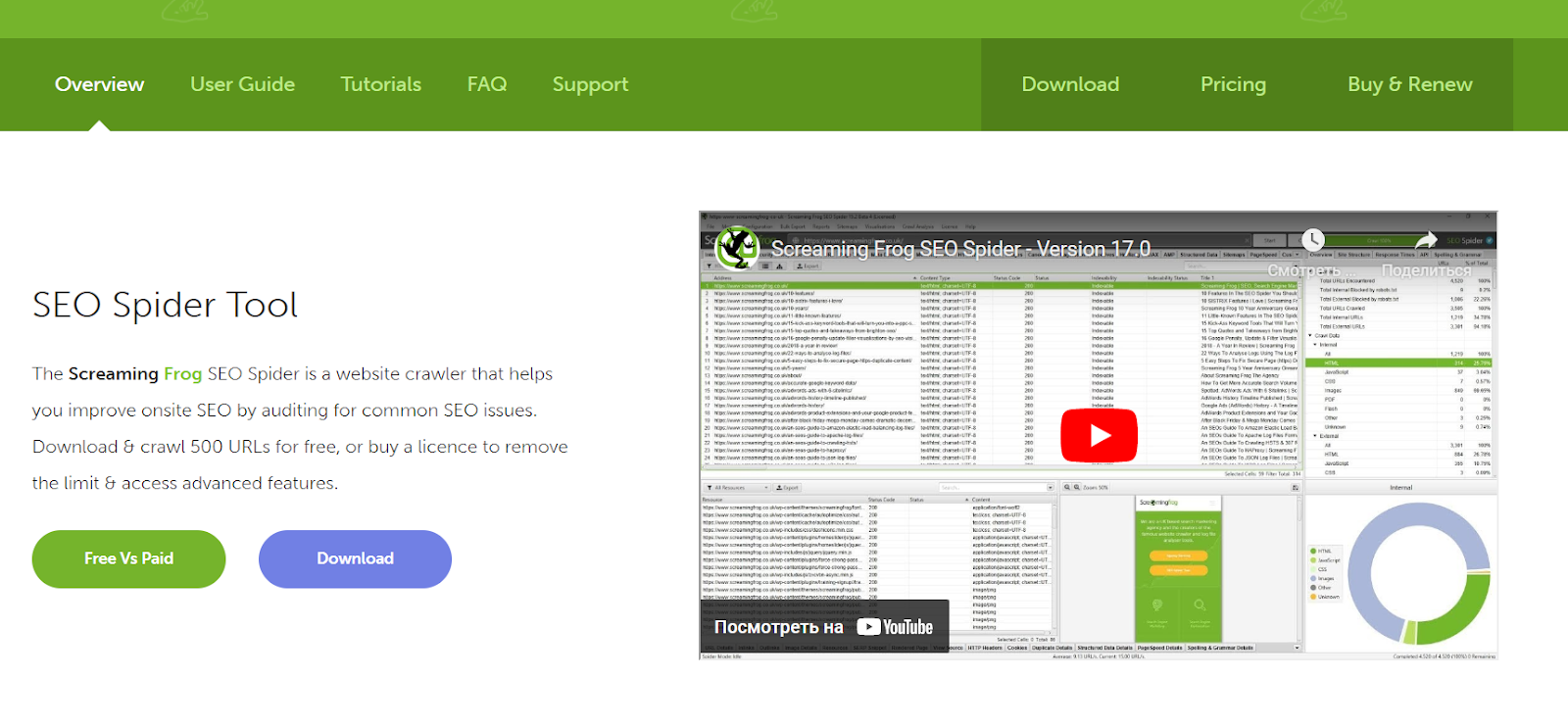
Screaming Frog is a powerful and widely-used SEO tool that crawls and analyzes websites to provide insights into various aspects of on-page and technical SEO.
It helps identify SEO problems such as broken links, duplicate content, missing or suboptimal title tags and meta description, poor site structure, and more.
Yoast SEO
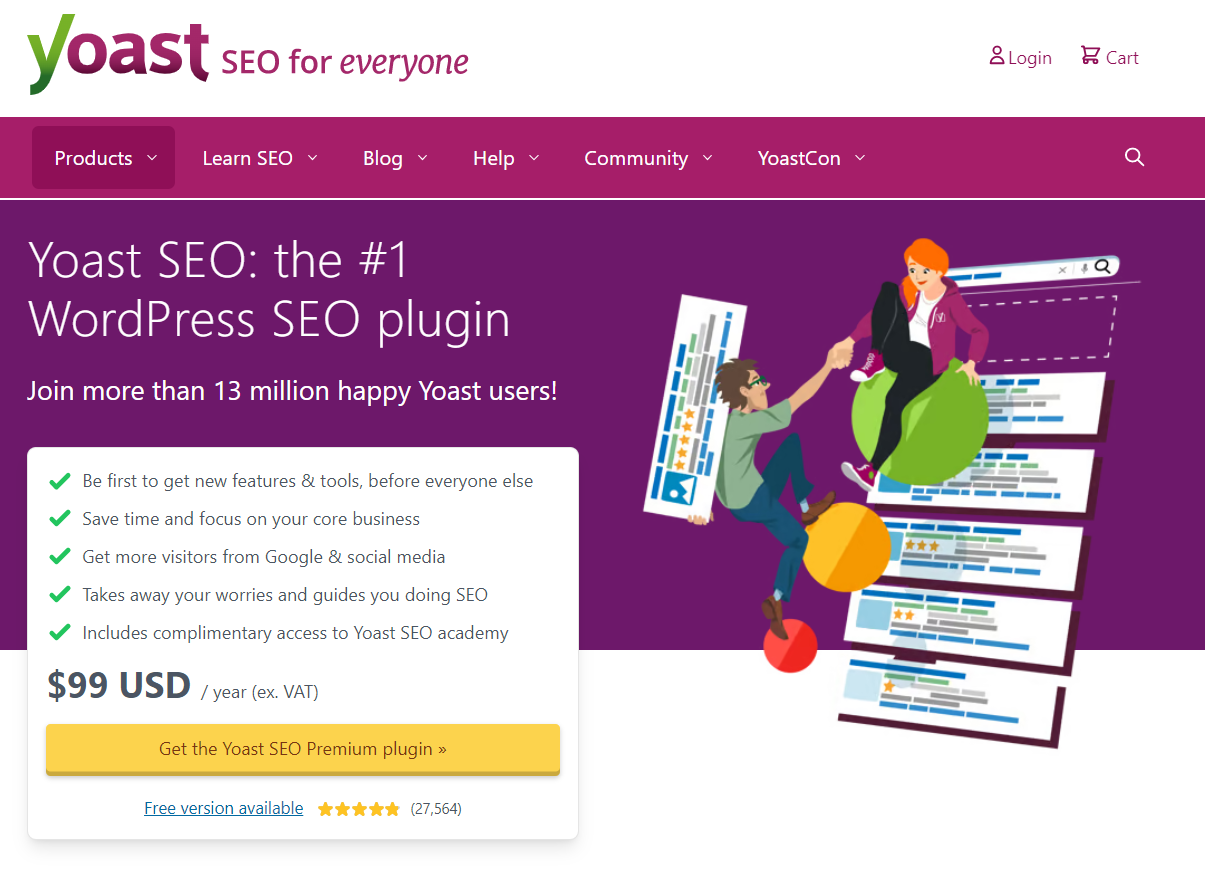
Yoast SEO is a widely-used plugin for WordPress websites that assists in optimizing on-page SEO elements and content readability.
It offers real-time suggestions and guidance on factors like page title tags, meta descriptions, relevant keyword usage, and internal linking.
If you’re using WordPress, it can greatly simplify your website’s page optimization process.
1. Title Tags
Title tags are HTML elements giving web pages a clickable headline in search results and browser tabs.

Audit your title tags by ensuring uniqueness, relevancy, and conciseness (50-60 characters).
Include primary keywords and branding, prioritizing user readability.
Tools like Screaming Frog or SEO plugins help identify and fix duplicate, missing, or weak title tags for improved SEO.
2. Meta Descriptions
Meta descriptions are HTML summaries of web pages, shown below title tags in search results.
They guide users in gauging a page’s relevance to their query.
Audit meta tags by ensuring uniqueness, informativeness, and accurate summaries (150-160 characters). Include keywords but dodge stuffing.
3. Header Tags (H1, H2, H3, etc.)
Header tags (H1 to H6) are HTML elements structuring content with headings and subheadings.
They clarify content hierarchy for users and search engines.
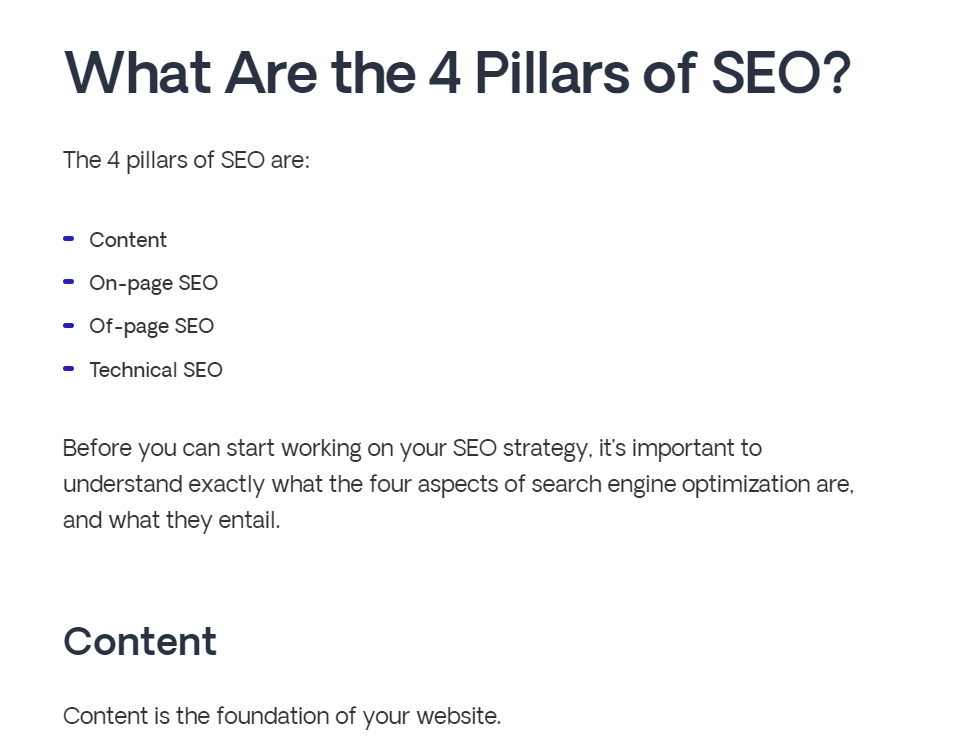
Audit headers by having one H1 tag per page, reflecting the main topic and keywords.
Use H2 to H6 for subheadings, maintaining logical structure. Ensure proper nesting and avoid keyword overstuffing.
4. Keyword Usage and Density
Auditing keyword usage and density means assessing keyword frequency and distribution for natural, relevant, and effective SEO optimization.
Use tools like SEMrush or MarketMuse to help.
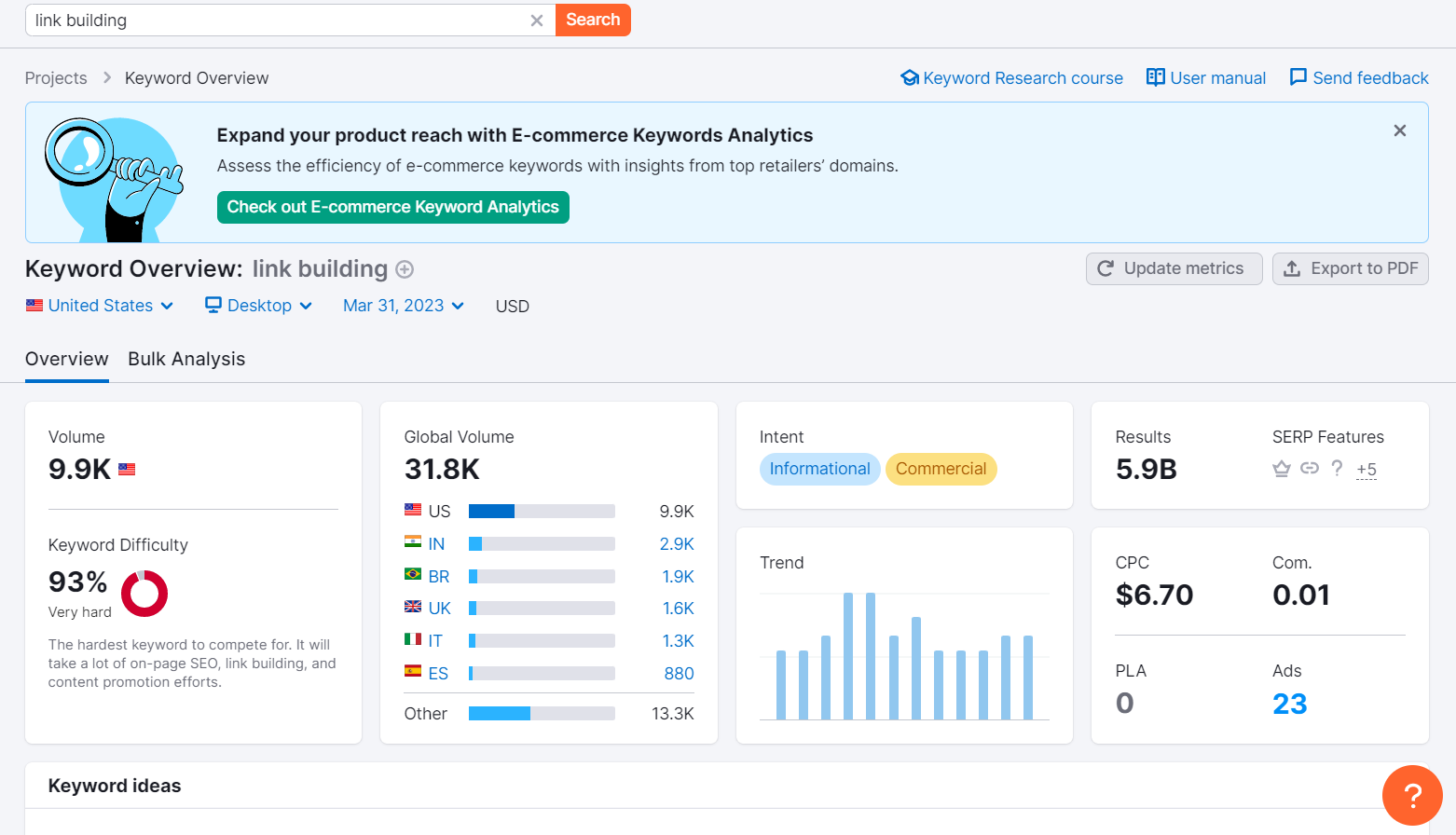
To audit keywords:
- Research relevant keywords with tools like SEMrush or Ahrefs, targeting high-traffic, low-competition terms.
- Optimize content using SEO software like MarketMuse for keyword usage, density, and variations, ensuring topical coverage.
- Review web page content for natural, contextual keyword use, avoiding stuffing and potential penalties.
5. Internal Linking
Auditing internal links involves analyzing link structure for proper navigation, user experience, and link equity distribution.
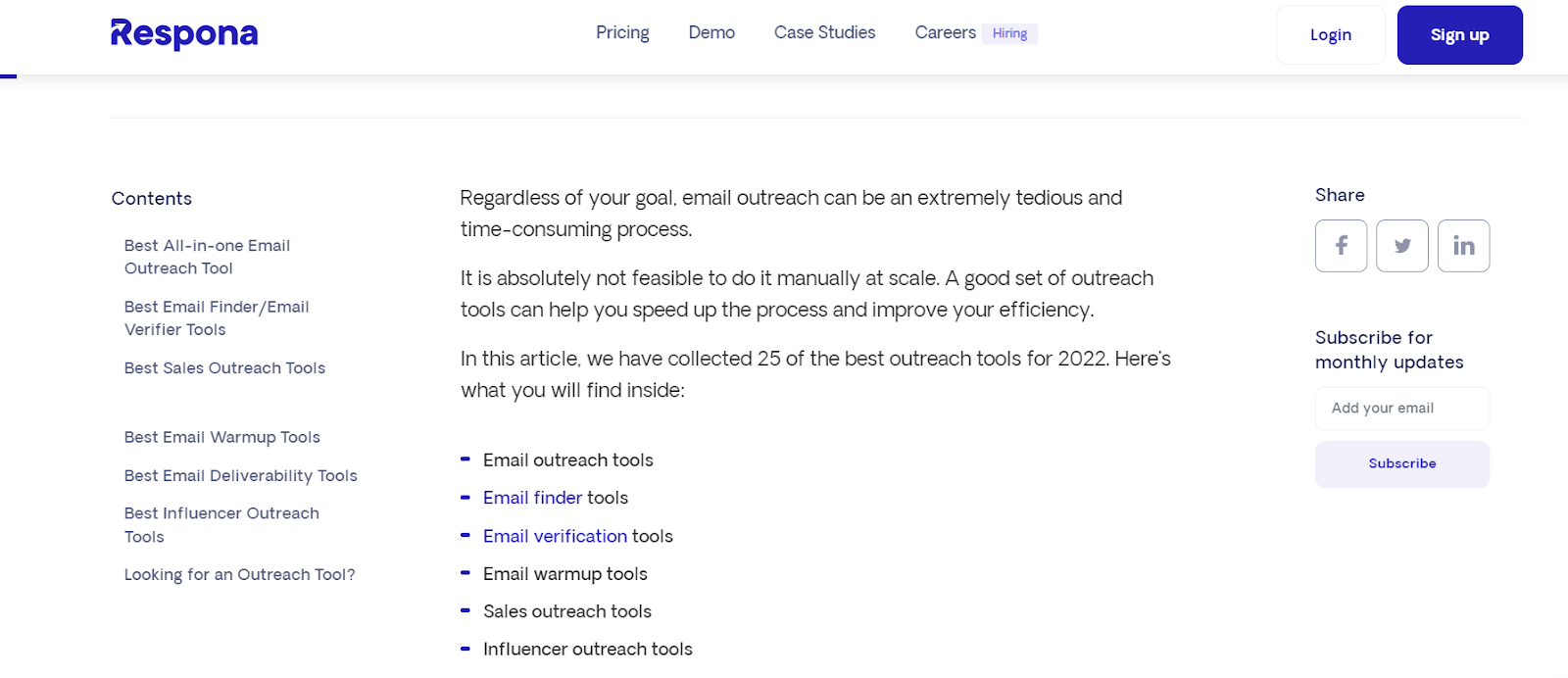
Follow these steps for an internal link audit:
- Use tools like Screaming Frog or SEMrush to crawl your site and list pages with internal links.
- Identify your most valuable pages, like high-converting landing pages or cornerstone content.
- Evaluate internal link distribution, ensuring important pages have more links for better visibility.
- Fix broken internal links that impact user experience and SEO, using crawling tools.
- Review anchor text for descriptiveness, relevancy, and keyword inclusion without over-optimizing.
- Analyze click depth, aiming for important pages to be within 3-4 clicks from the homepage.
- Include relevant internal links (such as your social mdia links, pricing, etc.) in main navigation, footer, and sidebar for easy access.

6. Image Optimization
Auditing image optimization involves analyzing images for user experience and search engine performance.

- Compress images without losing quality to prevent slow load times. Use tools like TinyPNG or ImageOptim.
- Implement lazy loading to improve page load times and reduce server load. Use CMS plugins or built-in features.
- Add descriptive, relevant alt tags to images, improving search engine understanding and accessibility.
- Include relevant keywords in alt tags without stuffing.
- Name image files descriptively and include relevant keywords.
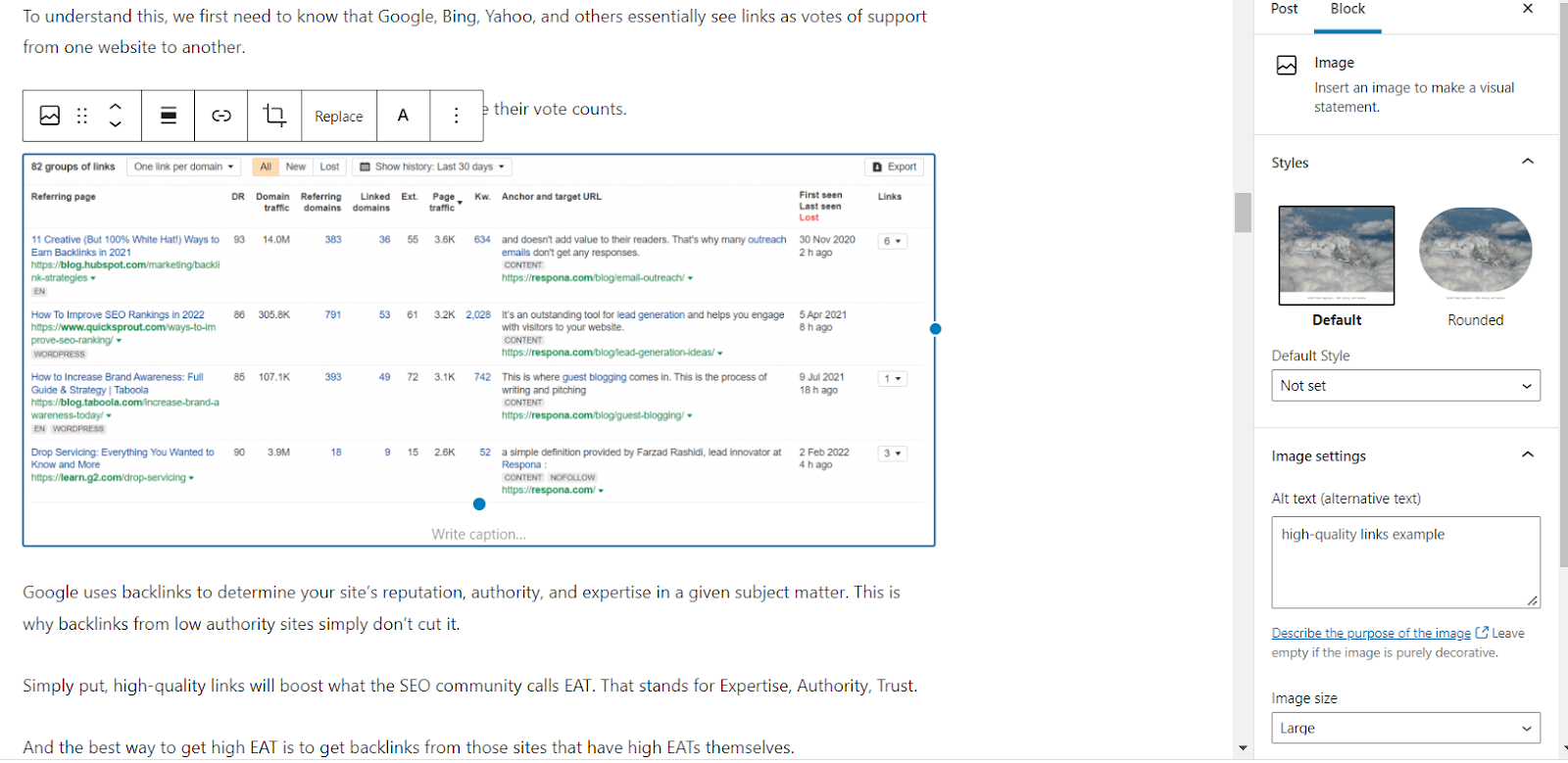
7. Schema Markup and Structured Data
Schema markup and structured data offer search engines extra content information, improving search result accuracy and visibility.
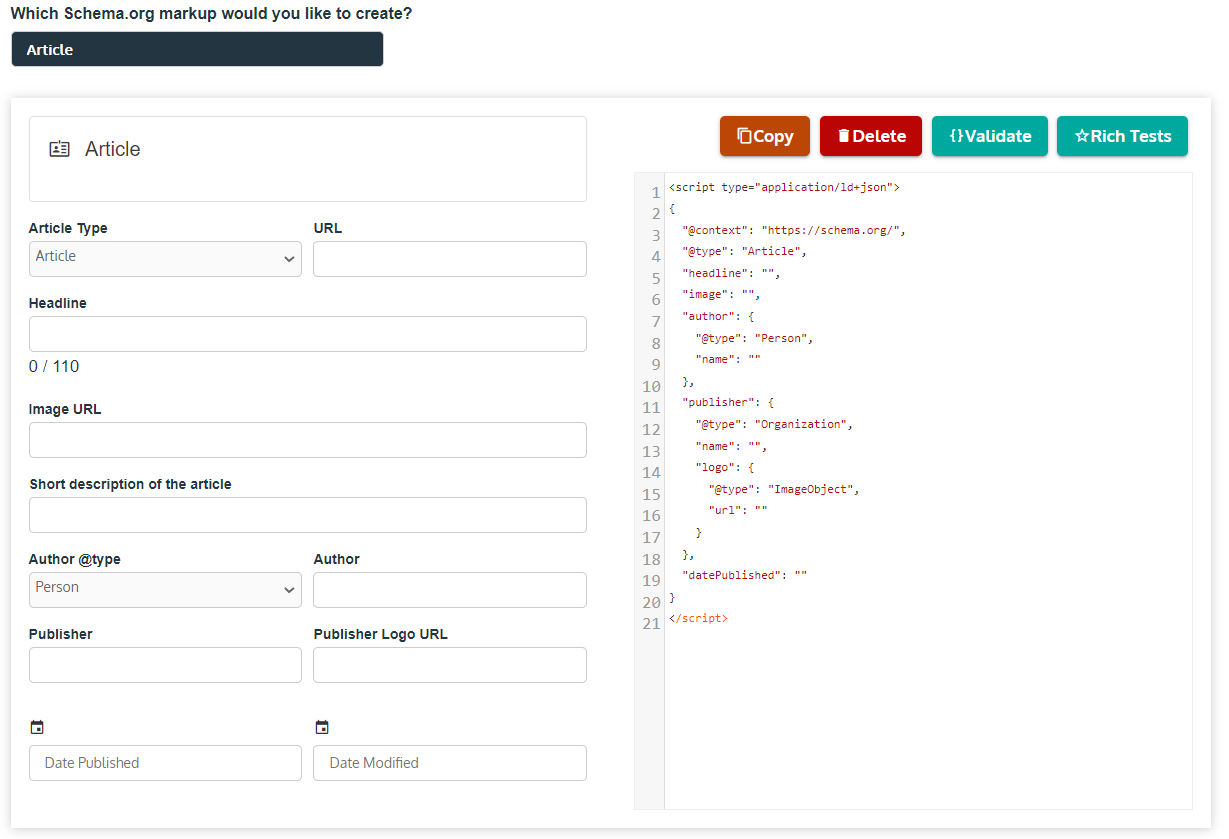
To audit schema and structured data:
- Identify relevant schema types for your content from Schema.org’s documentation.
- Use Google’s Structured Data Testing Tool or Rich Results Test to analyze your schema markup.
- Fix SEO errors or warnings identified in the test results.
- Ensure correct syntax (JSON-LD, Microdata, RDFa), with JSON-LD being most recommended.
- Include required properties for your chosen schema type in your markup.
- Add recommended properties to enhance search results and click-through rates.
- Verify rich snippet eligibility with Google’s Rich Results Test for correct, effective implementation.
8. Duplicate Content
An on-page SEO audit should include checking for duplicate content, as it can hurt rankings and result in penalties.

- Use auditing tools like Ahrefs or SEMrush to identify duplicate content.
- Update duplicate meta tags to be unique and relevant.
- Address duplicate content by rewriting, removing, or consolidating it.
- Implement canonical tags to indicate the original or preferred content version.
9. Keyword Cannibalization
Keyword cannibalization occurs when multiple pages target the same keywords, causing competition and reduced visibility.
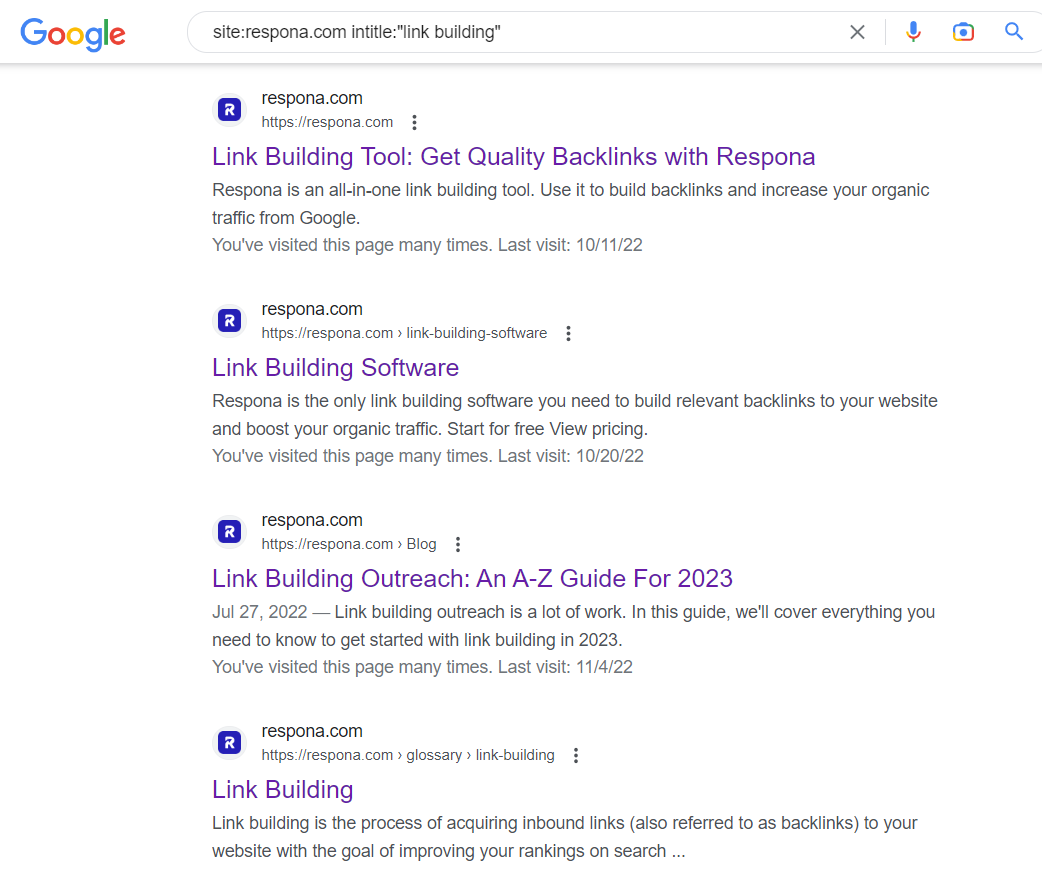
Audit your website for keyword cannibalization by:
- Conducting a keyword analysis, identifying primary and secondary keywords for each page.
- Using SEO tools like SEMrush or Ahrefs to find keywords your site ranks for and the pages targeting them.
- Identifying pages targeting the same keywords and evaluating their purpose and relevance.
- Consolidating or re-optimizing pages to target unique keywords, reducing competition.
- For necessary multiple pages targeting the same keyword, differentiate content and optimize for specific variations.
- Use canonical tags to indicate the preferred page version to search engines.
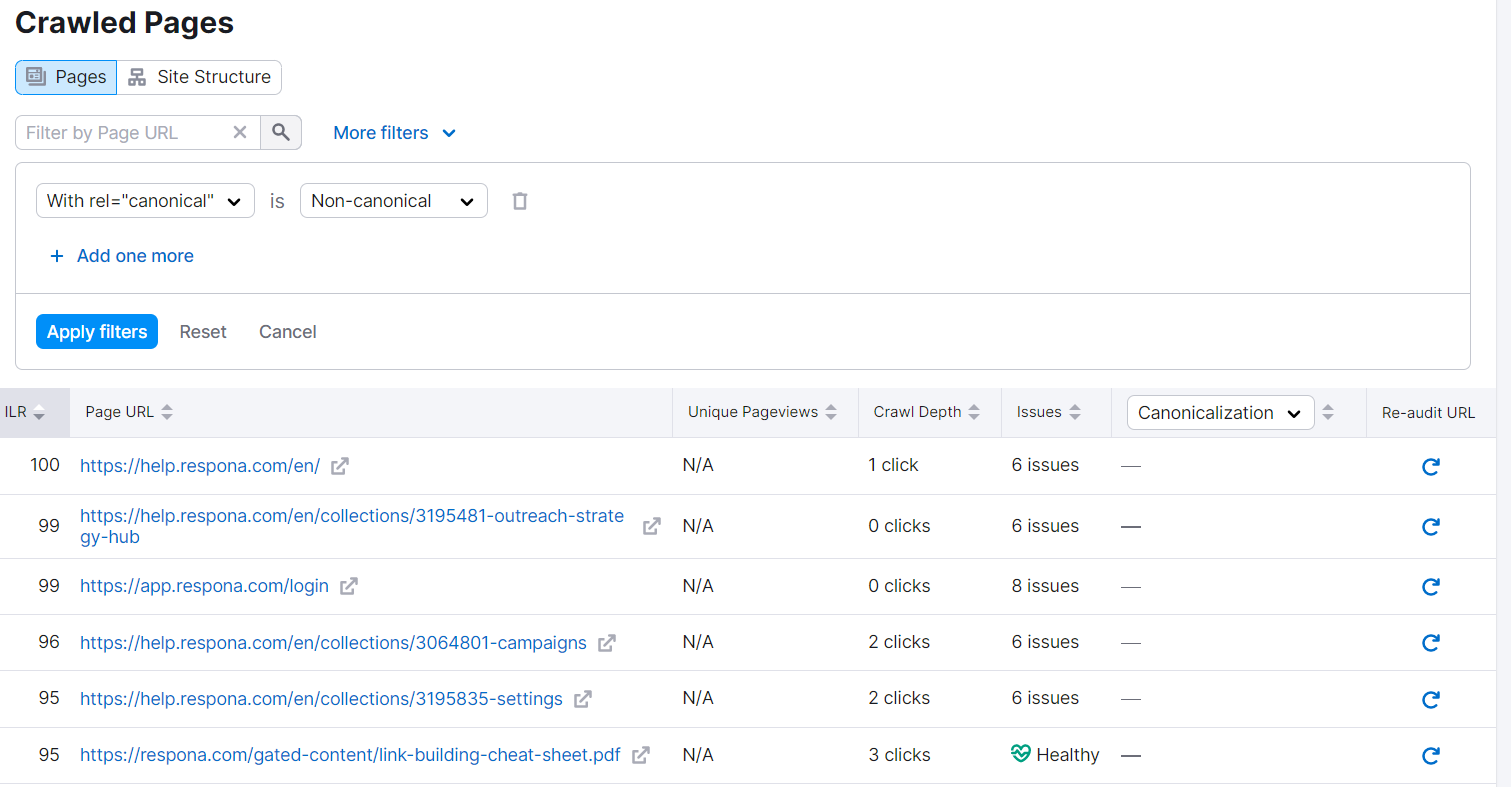
10. Voice Search Readiness
Auditing your website for voice search readiness means optimizing content and structure for more conversational queries.
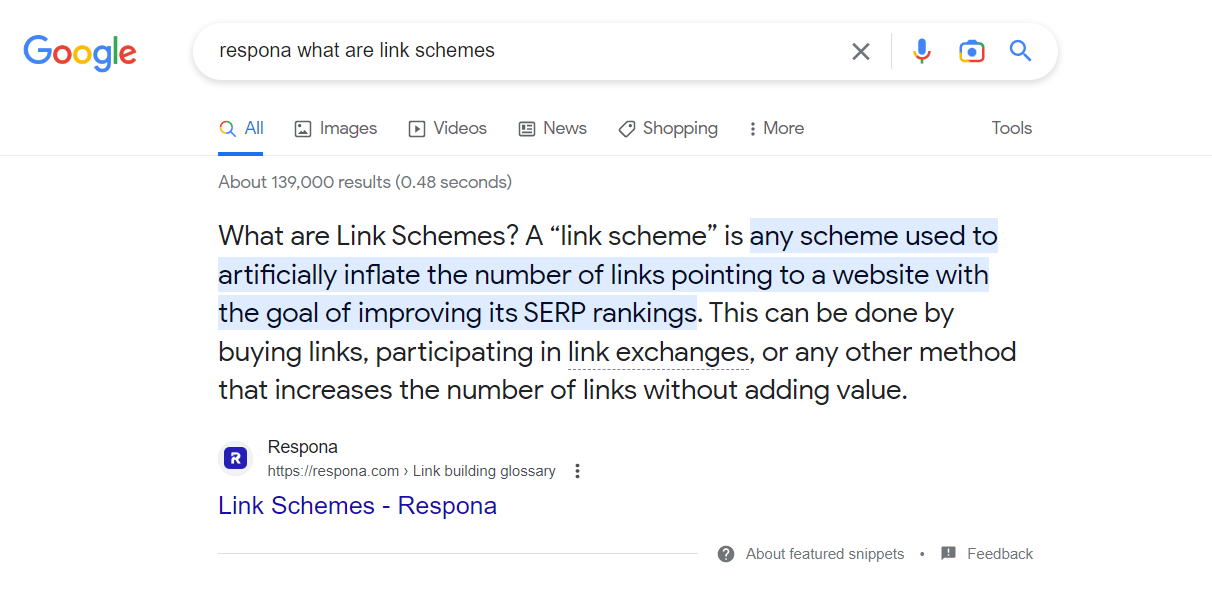
- Optimize content to answer common questions starting with “who,” “what,” “where,” “when,” “why,” and “how.”
- Focus on long-tail keywords and natural language phrases, using tools like Answer the Public or Google’s “People also ask.”
- Optimize your site for local searches by including accurate location information, local keywords, and listing your business on Google My Business and local directories.
11. Call-to-Action Placement and Effectiveness
Auditing CTA placement and effectiveness is key for user engagement, lead generation, and conversions.
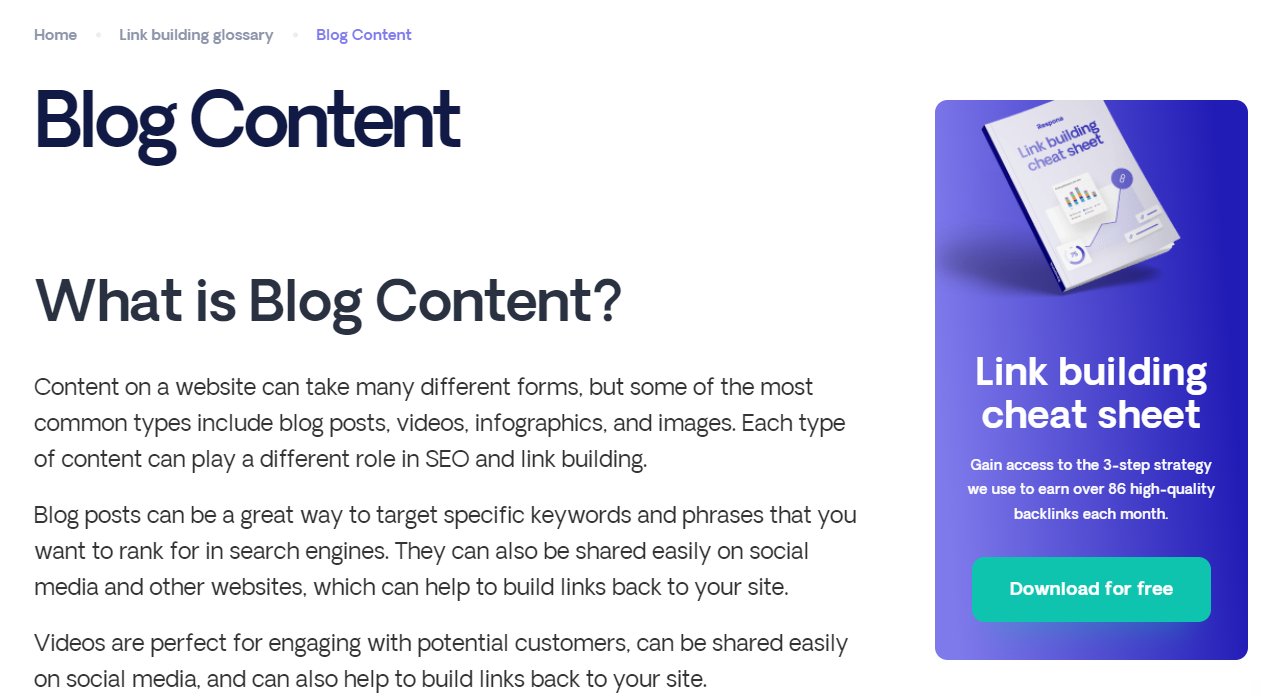
- Examine CTA placement, ensuring prominence and visibility. Place CTAs strategically, like above the fold or within content.
- Make CTAs visually appealing with contrasting colors and clear fonts, without disrupting user experience.
Link building cheat sheet
Now Over to You
In conclusion, staying ahead in the world of SEO is crucial for boosting your website’s online presence and search engine rankings in 2024.
By following the on-page SEO site audit checklist outlined in this article, you can optimize your website’s performance and outpace your competition in an ever-evolving digital landscape.
As you dive into the realm of SEO auditing (more specifically, go above and beyond simple on-page SEO and delving into link building for your off-page strategy), consider giving Respona a try with a 7-day free trial.
Specifically designed to streamline your link building process, Respona can prove to be an invaluable asset in your pursuit of higher search engine rankings and increased online visibility.
Frequently Asked Questions (FAQ)
What’s the goal of an on-page SEO audit?
An on-page SEO audit aims to identify and fix weak spots in your site’s content and structure. It’s all about boosting rankings and driving more organic traffic.
How often should I audit my site’s on-page SEO?
Aim for at least one yearly SEO audit report. This keeps your site in top shape, aligned with SEO best practices and algorithm updates.
What aspects do on-page SEO audits usually cover?
Audits dive into content quality, keyword use, meta tags, URL structure, and user experience. Focus on these to elevate your site’s search engine performance – opposed to technical audits that focus more on page speed.
Why are header tags important in on-page SEO?
Header tags structure content and guide search engines. Proper use of H1, H2, and H3 tags with relevant keywords leads to improved rankings.
Can content quality influence on-page SEO audit results?
Absolutely. Top-notch content earns search engine favor and user engagement. Prioritize valuable, engaging content to supercharge your site’s performance.







